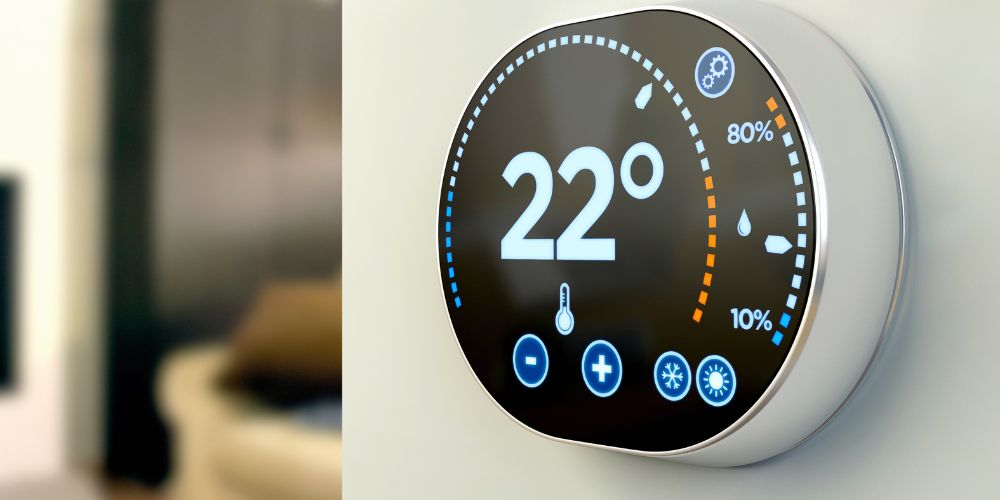
A thermostat not working is a common issue. A thermostat is a crucial component of any HVAC (Heating, Ventilation, and Air Conditioning) system, allowing us to control indoor temperatures for comfort and energy efficiency. However, when a thermostat stops working, it can lead to discomfort and potential issues with the HVAC system. In this blog post, we’ll explore common reasons why a thermostat may not be working and provide troubleshooting steps to resolve the issue.
Common Causes of a Non-Functioning Thermostat:
- Power Supply Issues:
- Check if the thermostat has power. Ensure that it’s properly connected to a power source or has working batteries if it’s a battery-operated model.
- Inspect the circuit breaker or fuse box to ensure there are no tripped breakers or blown fuses affecting the power supply to the thermostat.
- Incorrect settings or programming:
- Verify that the thermostat is set to the correct mode (heating, cooling, or auto) and that the temperature settings are appropriate for your comfort preferences.
- Review the thermostat’s programming schedule to ensure it’s programmed correctly, with the desired temperature changes at the right times.
- Dirty or Faulty Components:
- Dust, debris, or dirt accumulation can interfere with the thermostat’s sensors or buttons. Clean the thermostat gently using a soft brush or cloth to remove any buildup.
- Inspect the thermostat’s wiring for any signs of damage, loose connections, or corrosion. If you notice any issues, consider contacting a professional for repair or replacement.
- Sensor Malfunction:
- Thermostats rely on temperature sensors to accurately measure and control indoor temperatures. If the sensor is malfunctioning, it can lead to incorrect temperature readings or a failure to activate the HVAC system.
- Calibrate or replace the temperature sensor if you suspect it’s not functioning correctly. Refer to the thermostat’s user manual for guidance on sensor calibration or replacement procedures.
Troubleshooting Steps to Fix a Non-Functioning Thermostat:
- Check the power supply:
- Ensure the thermostat is receiving power either from a wired connection or functioning batteries. Replace batteries if needed.
- Verify that the circuit breaker or fuse controlling the HVAC system is not tripped or blown. Reset or replace as necessary.
- Adjust settings and programming:
- Double-check the thermostat’s settings to ensure it’s set to the correct mode (heat, cool, or auto) and that the temperature settings are appropriate.
- Review and adjust the thermostat’s programming schedule if needed, ensuring it aligns with your daily routine and comfort requirements.
- Clean and inspect:
- Clean the thermostat’s surface, buttons, and sensors using a soft cloth or brush to remove dust and debris that may be affecting its functionality.
- Inspect the thermostat’s wiring for any visible damage, loose connections, or corrosion. Address any issues found or seek professional assistance if necessary.
- Calibrate or replace the sensor:
- If the thermostat’s temperature sensor is not providing accurate readings, consider calibrating it according to the manufacturer’s instructions. Alternatively, replace the sensor if calibration doesn’t resolve the issue.
- Professional Assistance:
- If troubleshooting steps do not resolve the problem or if you’re unsure about performing DIY repairs, contact a licensed HVAC technician for expert diagnosis and repair of the thermostat or HVAC system.
Conclusion:
A non-functioning thermostat can disrupt indoor comfort and impact the performance of your HVAC system. By identifying common causes such as power supply issues, incorrect settings, dirty components, or sensor malfunctions, you can troubleshoot and resolve thermostat problems effectively. Remember to refer to the manufacturer’s instructions and seek professional assistance when needed to ensure the thermostat operates efficiently and maintains a comfortable indoor environment.


Leave a Reply